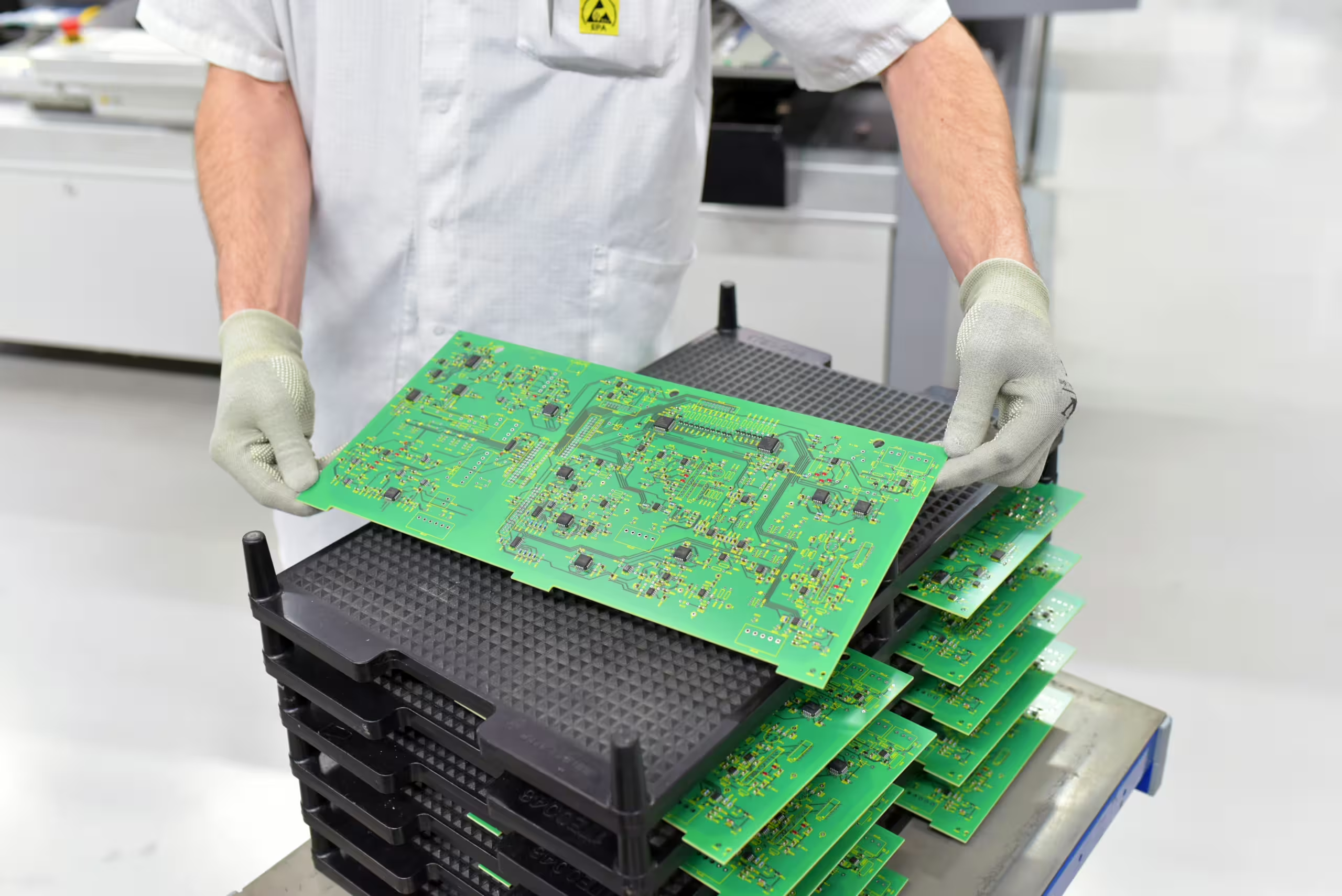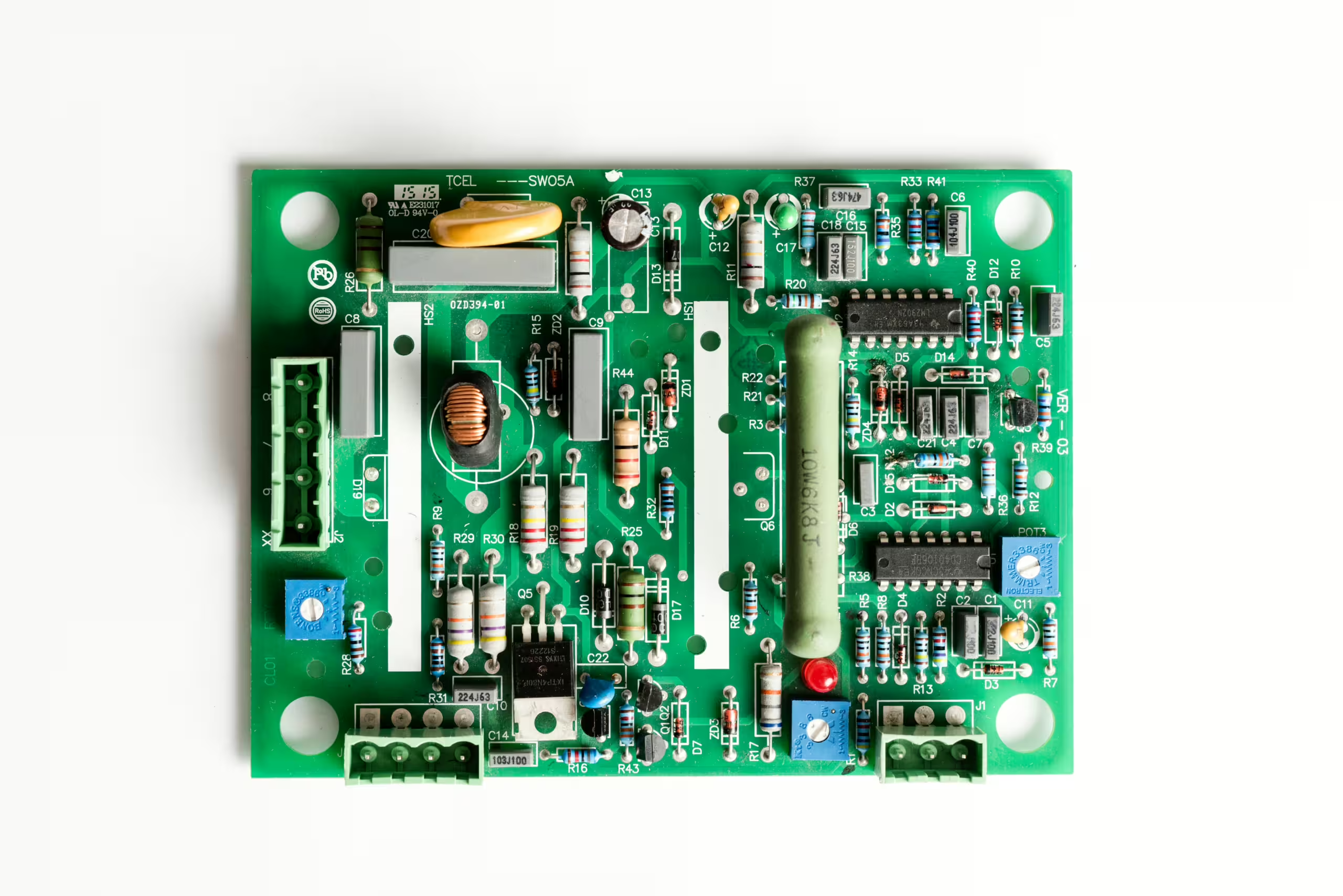The RC low-pass filter is a very common filtering circuit, which only requires a resistor and a capacitor to achieve low-pass filtering. In practical engineering, there is often just one formula that governs the resistor and capacitor, which is the formula for calculating the cutoff frequency: fc=1/2πRC
Once we have determined the cutoff frequency, the product of R and C is also determined.
For example, if the cutoff frequency is 1000 Hz, then the RC product is 0.00016.
If the capacitor is 1 uF, then the resistor should be 160 ohms.
If the capacitor is 100 nF, then the resistor should be 1600 ohms, and so on; there are countless combinations.
So, with these two sets of parameters, how much should be chosen?
The first constraint: cutoff frequency fc.
The calculation formula for the cutoff frequency is fc=1/2πRC. Once the cutoff frequency is determined, the RC product can be determined.
The second constraint: input and output impedance of RC.
The higher the input impedance and the lower the output impedance, the better. For example, with C=1uF and R=160Ω versus C=100nF and R=1600Ω, both configurations have a cutoff frequency of 1 kHz. It is known that with C=1uF and R=160Ω, the input impedance is lower, which is not conducive to signal transmission between stages. Conversely, the higher the input impedance of RC, the more favorable it is for inter-stage transmission.
The third constraint: driving current of the previous stage op-amp.
This needs to be assessed based on the op-amp’s working voltage, driving current strength, and signal size. For example, if the maximum signal output of the op-amp is 100mV and the maximum output current is 10mA, then the input impedance of the RC filter circuit should be ≥100/10=10 ohms. The smaller the driving current capability of the previous stage op-amp, the higher the input impedance of RC should be.
The fourth constraint: noise.
The larger the resistor, the greater the noise. However, RC filter circuits are generally in the later stages of the circuit, where their contribution to noise is not significant, but this does not mean that resistors of several MΩ can be used arbitrarily.
The fifth constraint: accuracy.
For example, if an SAR-type ADC follows RC, its internal capacitor will be charged. If the external resistor value is too large, it may delay the charging time, thereby reducing the accuracy of the ADC sampling.
The sixth constraint: resonant frequency of the capacitor.
Capacitors have their own resonant frequencies and are only effective within resonance. Above the resonant frequency, the capacitor actually becomes an “inductor”.







